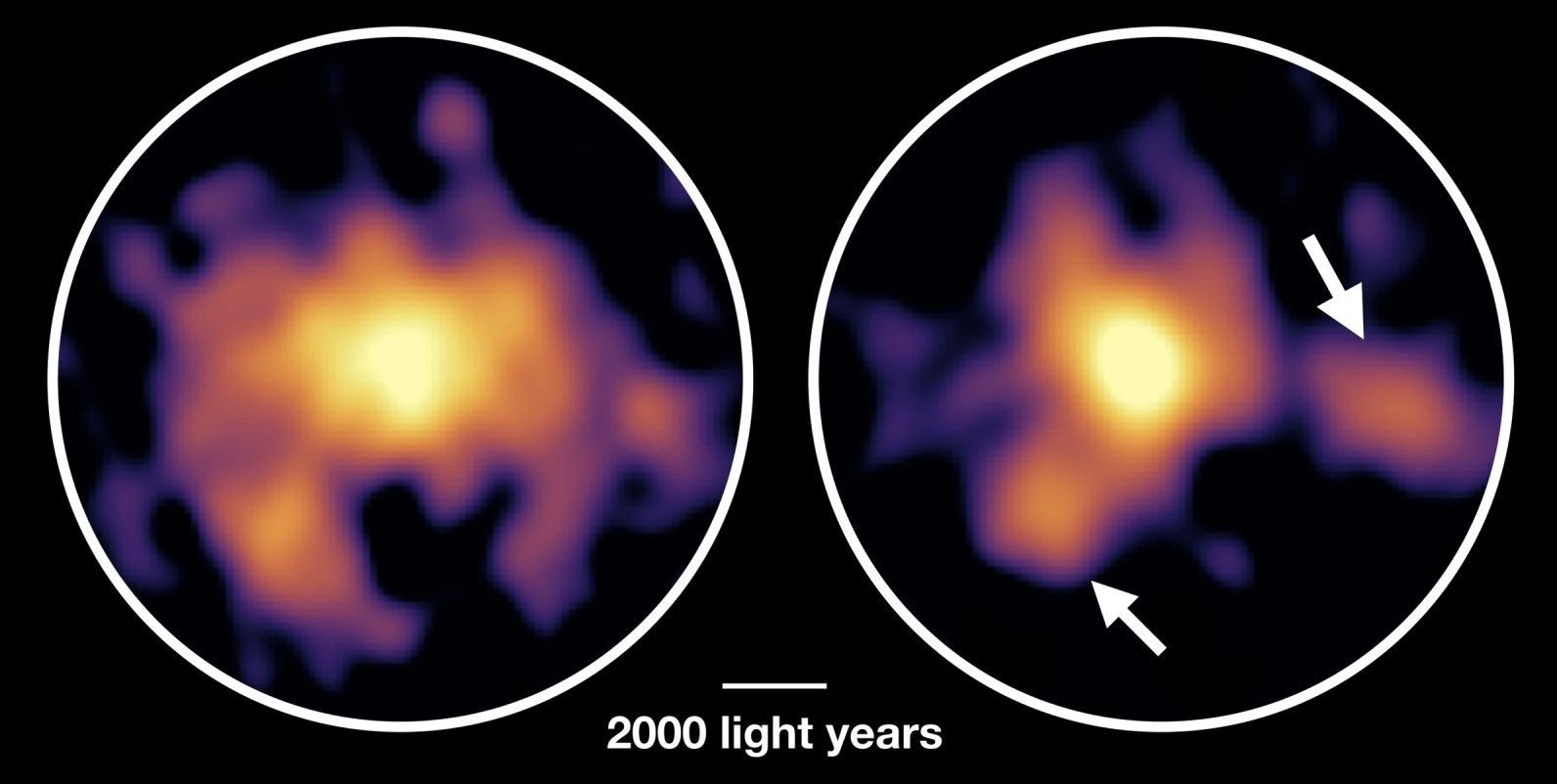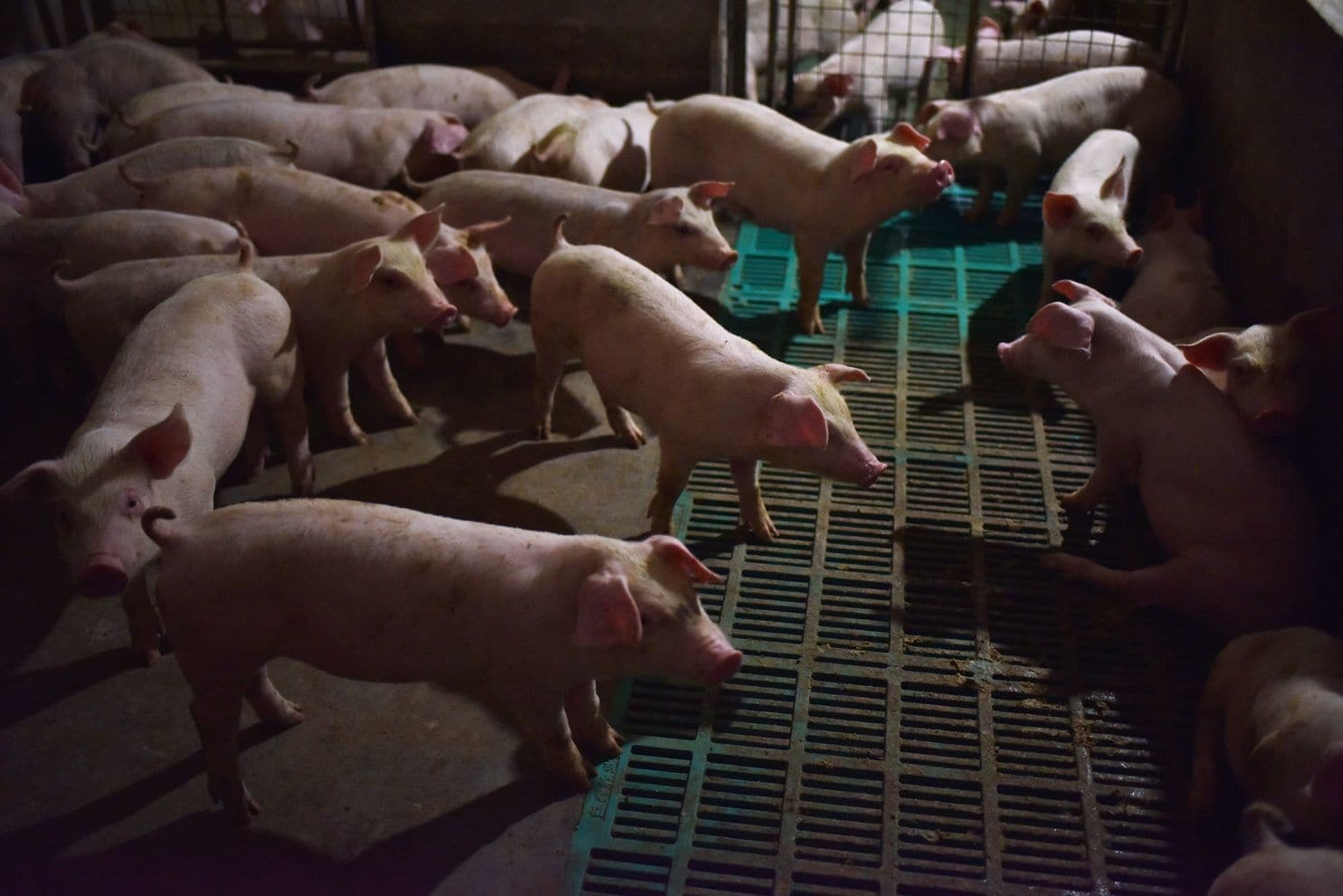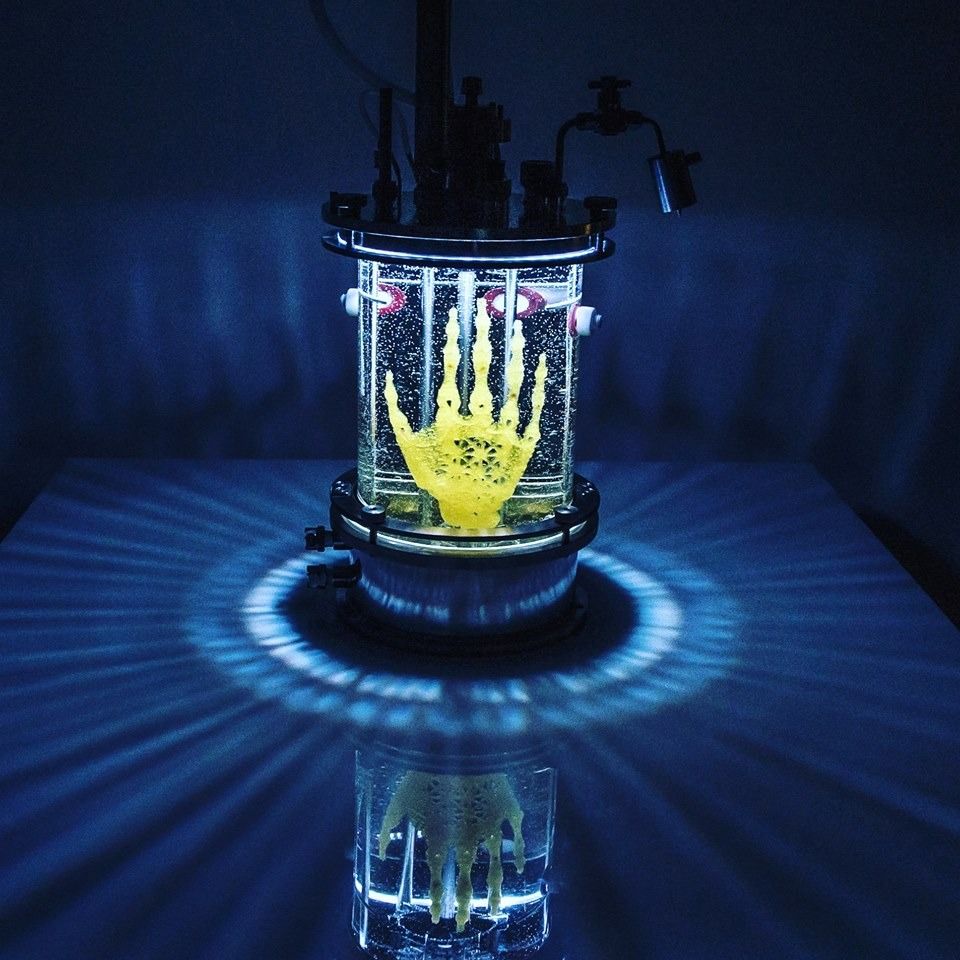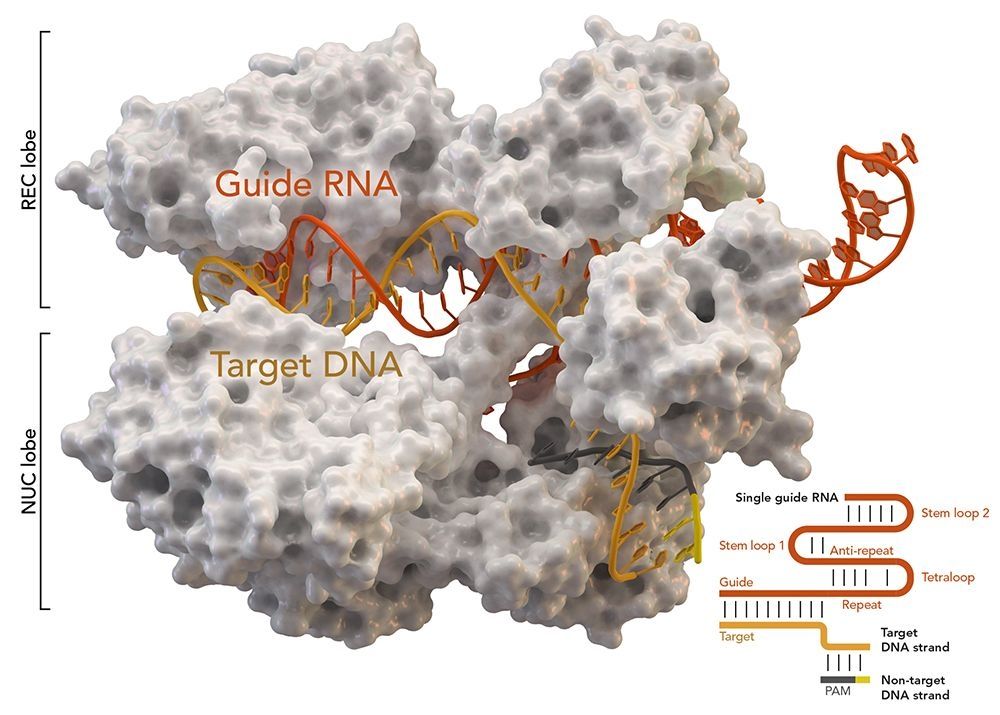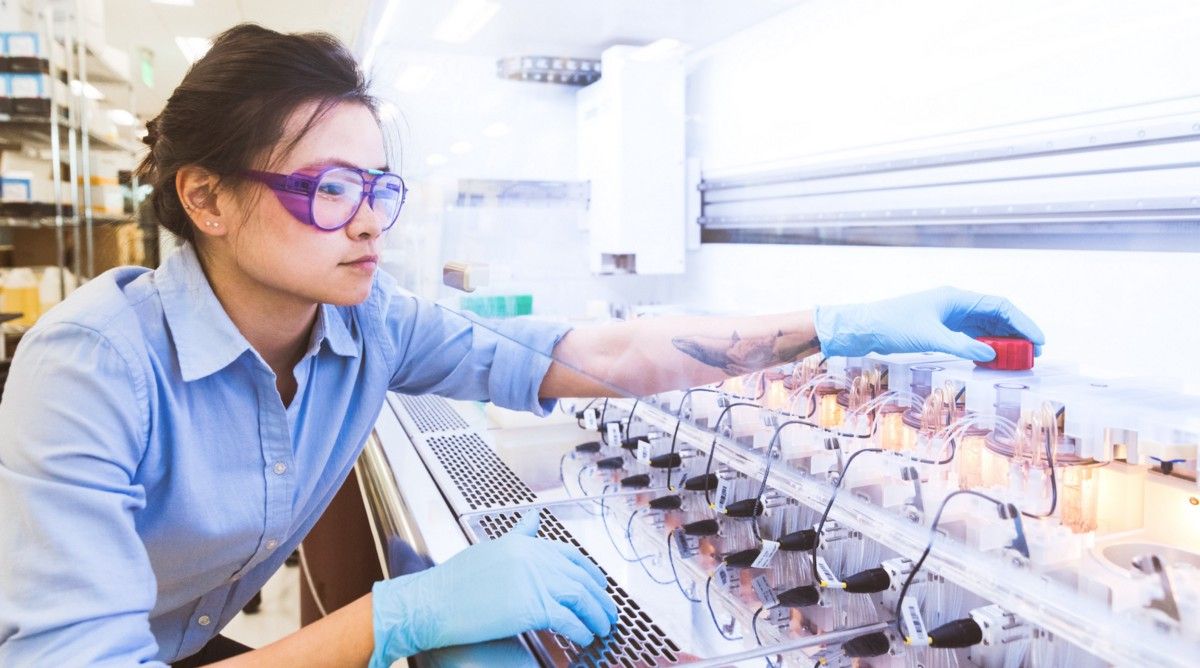Page 9544
Aug 29, 2018
Ancient ‘Monster Galaxy’ Is Forming Stars a Thousand Times Faster Than the Milky Way
Posted by Genevieve Klien in category: cosmology
Chile’s Atacama Large Millimeter/submillimeter Array (ALMA) has observed a galaxy that looks nothing like what researchers expected. It’s forming stars at an absolutely incredible rate.
The “Monster Galaxy”, also known as COSMOS-AzTEC-1, formed just 2 billion years after the Big Bang, and it turns more than a thousand Suns worth of gas into stars each year. Scientists still don’t understand these early galaxies very well, but now they have some new information that can shed light on why they form stars so blisteringly fast.
Aug 29, 2018
100,000 homes in Germany now have battery-storage systems connected to the grid
Posted by Genevieve Klien in categories: habitats, solar power, sustainability
Germany helped make solar power cheap. As of June this year, it boasts 1 million homes that have installed rooftop solar panels. That means the country produces a lot of renewable energy—sometimes more than it can use.
At such times, German grid operators have had to pay neighboring countries or grids to use the excess electricity. Since the beginning of this year, German grids have accumulated 194 hours (paywall) with negative power prices.
Now Germany is turning to energy storage as a solution to the problem of excess electricity. On Aug. 28, an energy ministry official attended the commissioning (link in German) of the 100,000th home to install a battery-storage system that’s connected to the grid.
Continue reading “100,000 homes in Germany now have battery-storage systems connected to the grid” »
Aug 29, 2018
Here’s How Badly Air Pollution Is Choking Solar Energy
Posted by Genevieve Klien in categories: solar power, sustainability
New research finds that severe air pollution can eliminate all profits from solar panel installations.
Aug 29, 2018
An Acceleration Breakthrough Could Fundamentally Change How We Study Particles
Posted by Genevieve Klien in categories: innovation, particle physics
Particle accelerators can lead to major breakthroughs in our understanding of the universe, and now, we may have a better way to create them.
Aug 29, 2018
China races to corral an outbreak of deadly African swine fever
Posted by Genevieve Klien in category: biotech/medical
BEIJING — Chinese officials are scrambling to stop a deadly African swine fever outbreak with the potential to ravage the country’s pig population.
Since early August, the virus — which does not threaten humans — has spread to four provinces and has been detected in areas about 750 miles apart. The budding epidemic could endanger the livelihoods of hundreds of thousands of hog farmers and jeopardize China’s enormous pork industry.
China has about 700 million pigs, half the world’s pig population. Pork is the country’s primary protein source.
Continue reading “China races to corral an outbreak of deadly African swine fever” »
Aug 29, 2018
Second Coming 2.0: Church Taxes Will Help Resurrect Jesus with 3D Bioprinting
Posted by Zoltan Istvan in categories: 3D printing, bioprinting, computing, life extension, quantum physics, transhumanism
My new article just out: The transhuman future of Quantum Archaeology & living forever is complicated, but it could still be funded by Christians if they rallied around resurrecting Jesus with 3D Bioprinting and Super Computers:
Aug 29, 2018
Chinese team uses base editing to repair genetic disease in human embryo
Posted by Nicholi Avery in categories: bioengineering, biotech/medical, genetics
A team of researchers in China has used a form of the CRISPR gene editing technique to repair a genetic defect in a viable human embryo. In their paper published in the journal Molecular Therapy, the group describes their work and how well it worked.
Only three years ago, CRISPR was first used on a human embryo. In that work, a Chinese team attempted to use the technique to repair a genetic fault. Though the work made headlines around the world, it had a low success rate—just four out of 54 embryos that survived the technique carried the repaired genes. Since that time, a new variation of CRISPR has been developed—it is called base editing, and works in a more efficient way. Instead of snipping DNA strands and replacing removed bits with desired traits, the new method does nothing more than swap DNA letters—trading out an A for a G, for example. In this new effort, the researchers used this new method to correct a gene mutation that results in humans having a condition called Marfan syndrome, in which people have an A instead of a G in the FBN1 gene. It is a disorder that causes problems with connective tissue, leading to a myriad of problems for those born with it.
The new research is unique in that the scientists used viable embryos created using in vitro fertilization. The team could have implanted these viable gene-edited embryos into a woman’s uterus, had they chosen to do so.
Aug 29, 2018
Re-writing Nature’s Recipe Book: How Ginkgo Bioworks is Poised to Upset Almost Every Industry You Can Think Of
Posted by Carse Peel in categories: biological, futurism
What does all this mean? How can one company do all that?
I recently spoke with Ginkgo Bioworks co-founders Tom Knight and Jason Kelly about the future of manufacturing and how the secrets of biology will be the secrets to unlocking the next Industrial Revolution.
Aug 29, 2018
‘Archived’ heat has reached deep into the Arctic interior, researchers say
Posted by Nicholi Avery in category: futurism
Arctic sea ice isn’t just threatened by the melting of ice around its edges, a new study has found: Warmer water that originated hundreds of miles away has penetrated deep into the interior of the Arctic.
That “archived” heat, currently trapped below the surface, has the potential to melt the region’s entire sea-ice pack if it reaches the surface, researchers say.
The study appears online Aug. 29 in the journal Science Advances.

